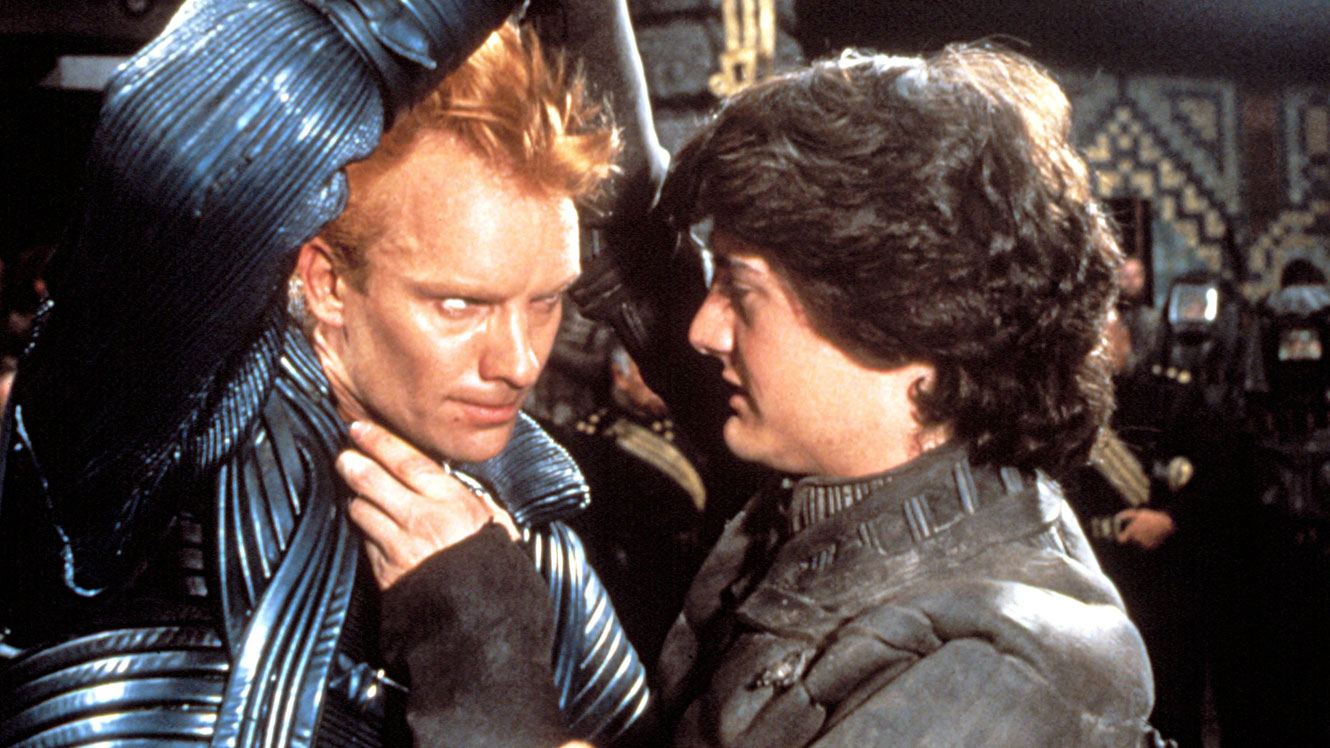
Remakes hold a special place in the heart of every movie fan, often more akin to hate than love. The announcement of the remake of a beloved movie is almost always met with considerable resentment. Fans are anxious to see the outcome and feel betrayed when their expectations are let down. Needless to say that everybody has a different view on what perfection would look like, same as with adaptations of favorite novels.
A remake should always have something to add to the original movie, otherwise there is no point in going through the trouble of making it. We often feel like our favorite movies belong to us, and the one thing a remake can never achieve is make us feel like we did when we saw something for the first time. That is one reason why the new Star Wars movies will never be loved the way the old ones are. The sense of discovery cannot be reproduced.
And yet, there are a few points in favor of remakes:
First, let’s face it, just because a movie is old or has achieved cult status doesn’t mean it really is a great movie that couldn’t possibly be any better. Sometimes the original is sorely lacking and doesn’t do justice to an otherwise promising idea.
Second, no matter how nice it feels to have insider connoisseurship of a half-forgotten cult movie, great movies and stories should be known to as many people as possible. Remakes often spark a renewed interest into the original and thereby help to keep them from being forgotten. Great stories and compelling characters can and should live on. Reviving the original and bringing new viewers and generations to an otherwise forgotten gem is a worthwhile endeavour.
And third, as technology advances, it becomes possible to achieve things that were infeasible before. Elements had to be left out or couldn’t be fully implemented in movies because the skills and technology weren’t available yet.
The third argument is especially relevant when it comes to science fiction movies. While the ingenious special effects in old sci-fi movies are fascinating in their own right, they often have something of an archeological quaintness about them.
The possibilities of special effects today seem almost limitless, so it is little wonder that many sci-fi movies are being remade.
After successful remakes (or follow-ups) of cult movies like Blade Runner, Alien, Mad Max, and renewed TV-adaptations like Westworld and The X-Files, here is a list of ten classic sci-fi movies that are just begging to be remade (and some of them even are in various stages of this happening).
10. It came from Outer Space (1953)
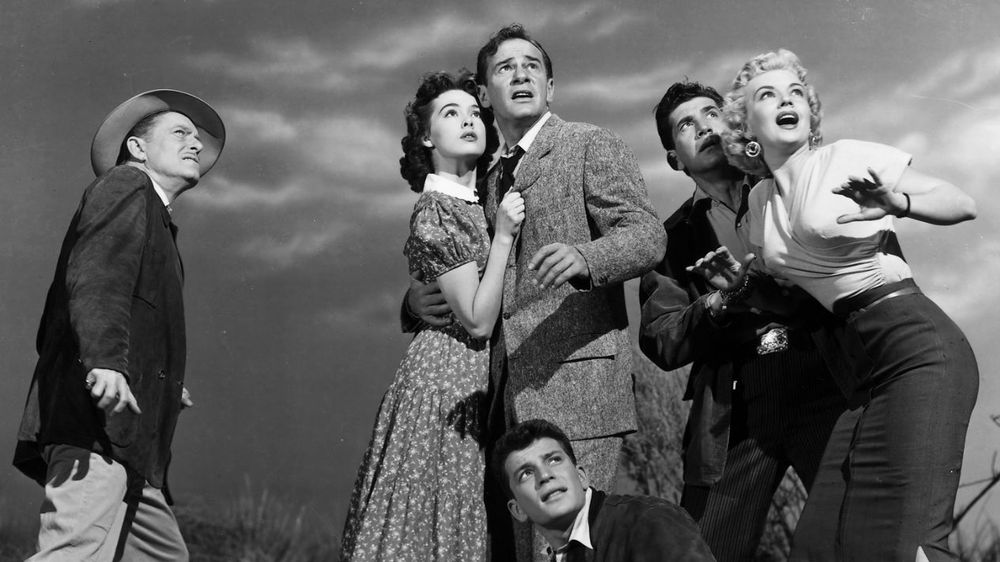
This 1953 movie is an icon amongst the many iconic sci-fi movies. Its title and intro alone embody what science fiction is all about.
The movie starts with an eerie musical score announcing the presence of extraterrestrial beings, and a comet-like object crashing into the Arizona desert. The splashy font of the title immediately lets the viewer know that they have entered pulp territory.
The quiet but intense black-and-white movie is based on a short story by Ray Bradbury. It is about the accidental landing of a peaceful alien species on Earth, and how they are met mostly with fear and malevolence. Very unusually, the point of view of the aliens is shown a few times during the movie. This is an extremely powerful addition because the feeling we get from them is not one of menace. Instead we take part in how they experience the strangeness of a foreign planet, in this case, our own.
‘It Came From Outer Space’ is also the classic story of a misunderstood hero who recognizes a truth that everybody else refuses to acknowledge, not the trigger-happy law enforcement, nor the press or the townspeople. The movie features a passionate speech by Richard Carlson on the power of the imagination and against the stubborn refusal to let new ideas into our heads.
A modern adaptation and cast could easily revive this universal subject. After all, 2016’s Arrival showed that we still have no answers to how mankind would behave in case of a sudden alien landing.
9. Logan’s Run (1976)
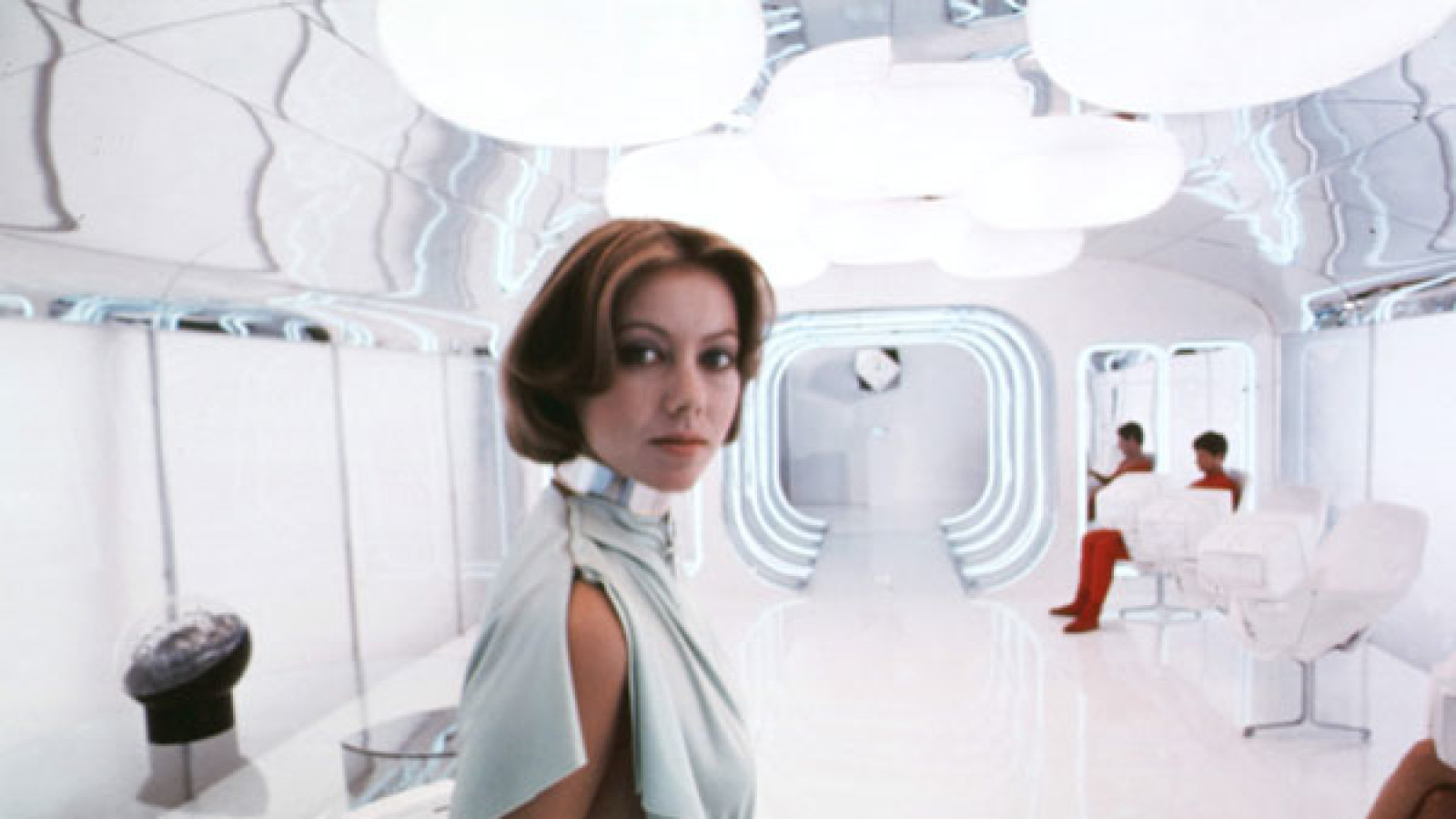
Some of the movies on this list clearly fall into the dystopian category, a genre that always experiences a resurgence in times of political and social upheaval. In the year 2018, it is not difficult to explain the sudden rise in popularity of a genre that specializes in bleak outlooks into the future.
‘Logan’s Run’, a dystopian movie from 1976, is set in the year 2274. Mankind lives an artificial, hedonistic life in a sealed city. Old age and sickness have been eradicated. The concept of family does not exist anymore, since reproduction happens artificially and nobody lives long enough to actually raise children.
Upon reaching the age of thirty, every person has to go into the ‘carousel’ where they are eliminated to the cheers of a crowd that thinks they are not actually dying, but being ‘renewed’. They don’t consider rising up against this, because they have never known anything else.
The title character Logan 5 is a so-called ‘Sandman’ whose job it is to find and eliminate ‘Runners’, individuals who try to escape their destiny. Initially a loyal, unquestioning subject, Logan starts to question the society he lives in when he meets Jessica 6, who associates with runners, and attempts to find the mythical ‘Sanctuary’, where people can find refuge.
‘Logan’s Run’ is a prime example for a flawed movie with an universal and thought-provoking subject. The movie is being dragged down by its clumsy bible imagery and an overly long search for the obviously non-existent sanctuary. And while the obsession with youth is portrayed very well, the twenty-first century would certainly be able to put it’s own spin on this.
8. Flash Gordon (1980)
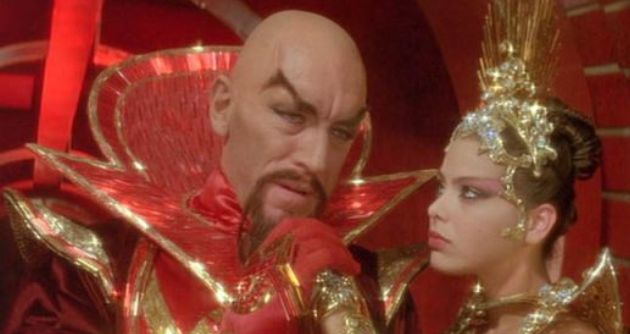
No decade did unabashed, over-the-top, hedonistic fun like the 80s. They dared to embrace exuberance and ridicule in a way that our more self-conscious times just aren’t able to.
And one decade of this is probably enough. After all, how many movies with a soundtrack by Queen can we take? In ‘Flash Gordon’ (not to be confused with The Flash), the 1980 sci-fi movie based on the 30s comic strip of the same name, we get all of this and more. The only weird thing is… it works! Even the most ridiculous moments, like a Vultan quoting “Who wants to live forever?” while Freddie Mercury is crying “Flash” in the background, or Flash himself acting out the strangest “football-fight” with a bunch of alien warriors, are done with such panache that even modern cynics are wholly entertained and amused.
The movie centers on professional football player Flash Gordon who gets blown into space by accident, in the company of a crazy scientist and an attractive travel agent, and needs to save Earth from Emperor Ming the Merciless who has decided to destroy the planet with a series of natural disasters. No reason. He just feels like it.
The cast features Max von Sydow, Timothy Dalton and Ornella Muti in supporting roles and former Playgirl centerfold Sam J. Jones as the eponymous lead. They all appear to be having the time of their lives, and the fact that both Federico Fellini and George Lucas were once attached to the project, show that this weird and unapologetically colorful space opera has the potential to be told and retold in many different ways.
It would be interesting to see how the well-known hero could be brought to life almost forty years after he blasted onto the big screen – with only a little help from Freddie Mercury.
7. Close Encounters of the Third Kind (1977)
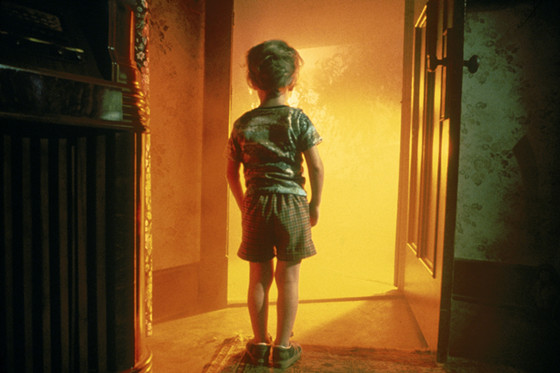
This movie might the most difficult one to picture as a remake. The Steven Spielberg movie from 1977 defies all categories and expectations, yet still managed to gain blockbuster status. It is mostly the somewhat dated (though highly emotional) special effects and lengthy storytelling that would make Close Encounters a candidate for the remake-treatment.
The movie combines the individual lives and experiences of a few protagonists with the monumental, earth-changing event of an alien landing. It closely follows Roy Neary, a “regular guy” whose life changes when he encounters a UFO. He becomes obsessed with the alien landing to the point of almost losing his mind and alienating his family.
Other than Neary, the movie also deals with a few more people in different parts of the world (including Francois Truffaut as a French scientist), and thereby explores the different impacts an alien encounter could have on us as a society and as individuals.
The movie was a pet-project and deeply personal movie for Steven Spielberg and is an expression of mankind’s dreams of outer space. It has a mainly positive outlook on co-existence and champions the undying curiosity of explorers.
6. Day of the Triffids (1962)
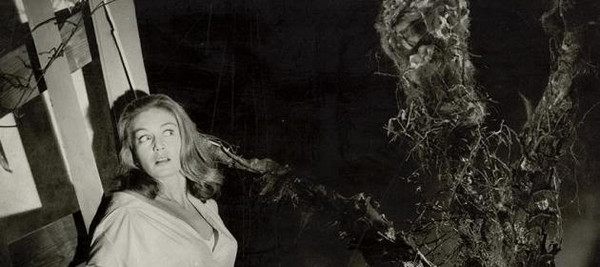
This little known sci-fi gem from 1962 has had its fair share of remakes already. Amongst others, a 1981 TV series is considered to be far superior to the movie. It is leaning more closely on the novel by John Wyndham and has a more satisfying ending than the movie’s rather simplistic ‘the Earth can be saved by this simple trick’ finale.
Nonetheless, ‘Day of the Triffids’ is a highly enjoyable sci-fi-horror movie that entertains its viewers by deploying two classic tropes of the genre at the same time: Most of the population goes spontaneously blind while looking at a meteor shower, and carnivorous plants (the triffids) that move and are able to communicate with each other invade the planet.
As is the case with most depictions of catastrophes in movies, this brings out the best in a small group of people and the worst in the rest of them. The movie follows Bill Mason who escaped the blindness due to an eye operation, and Tom Goodwin, a reclusive scientist who tries to find a way to defeat the triffids. Typical for a movie of this time, the men did all the fighting while the women did all the screaming.
A few years ago, there were plans for a movie-remake by British director Mike Newell, but they came to nothing. Despite the trend for TV-series (another remake in serial format was attempted in 2009), it would be interesting to see a renewed, condensed, fast-moving version of this intense story with more multifaceted characters fighting for their survival.